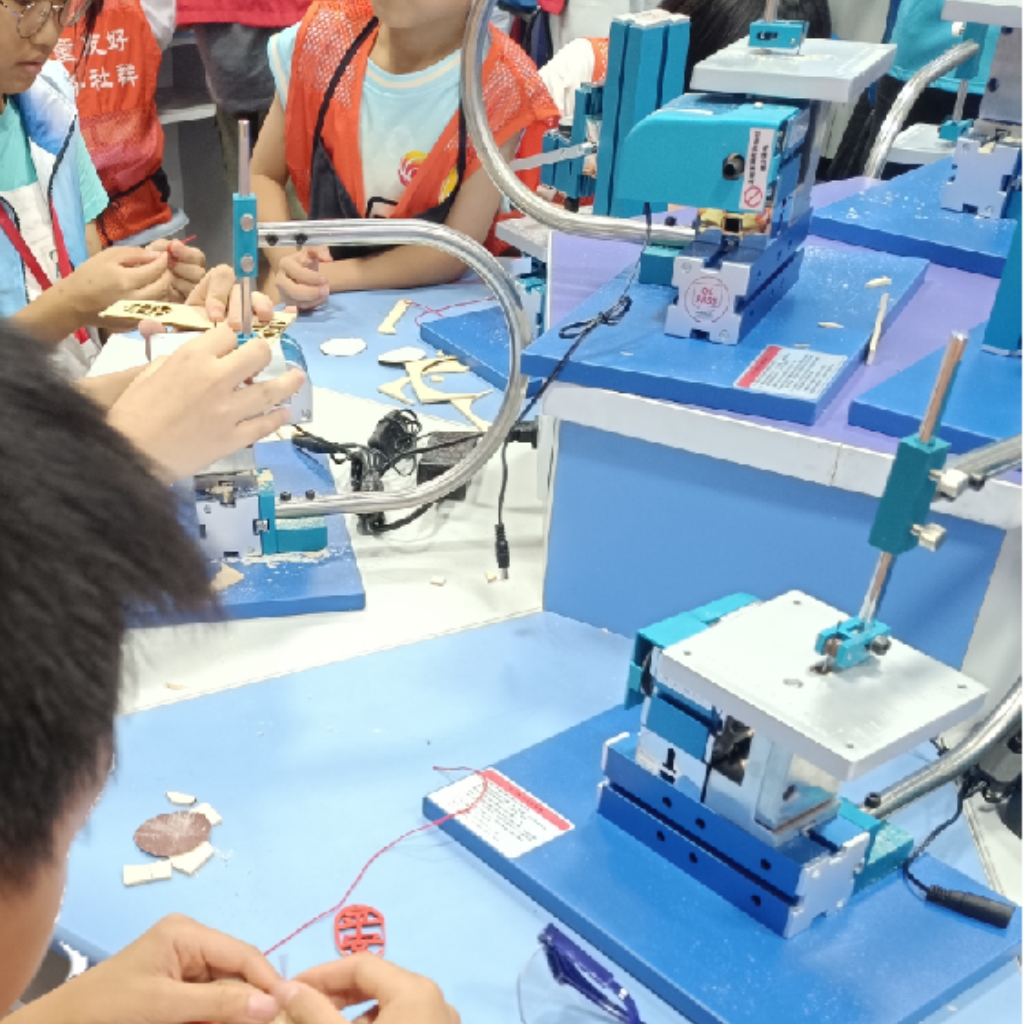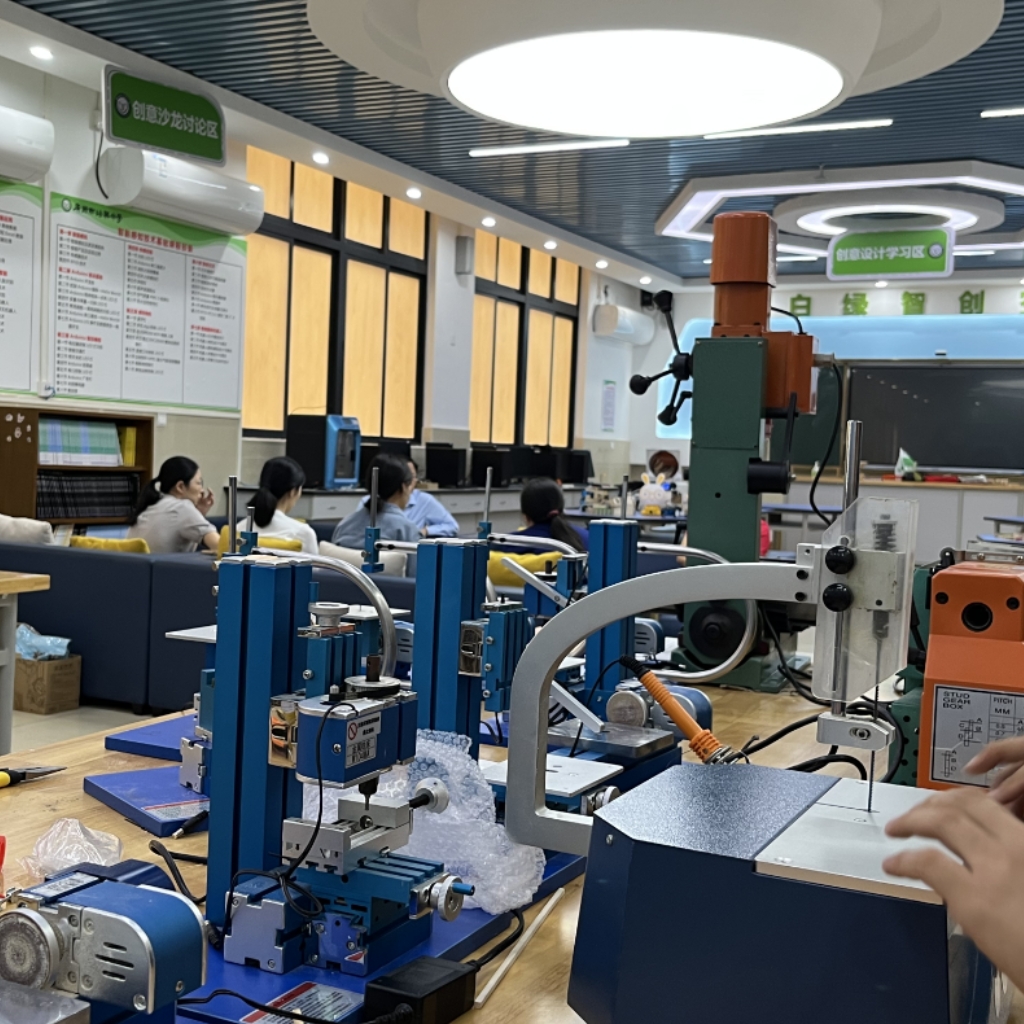Blog
Xendoll has 22 years of experience in the production of small machine tools. We will help you choose the suitable machine and share our experience in CNC machining with you.
 Aug 20, 2025
Aug 20, 2025

 727
727
Confused by lathe specifications? This definitive guide breaks down how lathe size is measured, covering swing over bed, distance between centers, spindle bore, and more. Learn how to choose the perfect size mini lathe for your workshop from Xendoll Tools.

When venturing into the world of machining, whether you're a seasoned mechanical machining enthusiast or an overseas distributor sourcing equipment for schools, one of the most fundamental questions is: "How is the size of a lathe specified?" Understanding lathe sizing is not just about physical footprint; it's about unlocking the machine's capabilities and ensuring it can handle your intended projects. Unlike a simple measurement of length and width, lathe size is a combination of key metrics that define its capacity. For distributors and individual users alike, grasping these specifications is crucial for making an informed investment. This article will demystify these terms, providing a clear framework to understand exactly what a lathe's size means for your work.
The size and capacity of a lathe are primarily defined by a few critical dimensions. Let's break down each one.
1. Swing Over Bed: The Primary Indicator of Diameter Capacity
The "swing" is arguably the most famous specification and the first number often used to describe a lathe's size (e.g., a "10-inch lathe"). The Swing Over Bed refers to the maximum diameter of a workpiece that can be rotated over the lathe's bed without hitting anything. It is calculated as twice the distance from the centerline of the spindle to the top of the bed ways.
What it means: If a lathe has a 10-inch swing, it can theoretically turn a workpiece up to 10 inches in diameter. This is the ultimate limit for the raw stock you can use.
2. Distance Between Centers: Determining Maximum Length
While swing dictates diameter, the Distance Between Centers determines the maximum length of a workpiece that can be mounted between the headstock (with a live or dead center) and the tailstock center. This is a straightforward measurement.
What it means: This specification is vital for turning long items like shafts, baseball bats, or tool handles. A longer bed allows for longer projects. It's important to note that the usable length might be slightly less than the stated distance, accounting for the space taken by chucks or drive plates.
3. Spindle Bore Diameter: The Critical "Hole Through the Middle"
For many experienced machinists, the spindle bore is a specification as important as swing. This is the diameter of the hole through the headstock spindle. It determines the maximum diameter of a bar stock that can be fed directly through the spindle.
Why it matters: A large spindle bore (common in modern mini lathes like those from Xendoll) is a huge advantage. It allows you to work with long bars of material without the need for a steady rest for support outside the spindle. This enables faster production of multiple parts from a single bar and greatly enhances workflow efficiency.
4. Additional Size-Related Specifications
Beyond the three core dimensions, other factors contribute to the "size" and capability of a lathe:
Swing Over Cross Slide: This is often a smaller measurement than the swing over bed. It indicates the maximum diameter of a workpiece you can turn when using the cross slide, which is necessary for facing operations on large disks. It’s a crucial check for wider projects.
Horsepower (HP) and Torque: While not a physical dimension, motor power is directly related to the "size" of work a lathe can handle. A more powerful motor can maintain speed under heavier cuts in tougher materials like steel, whereas a less powerful motor might stall.
Weight and Bed Construction: The mass and rigidity of the lathe bed and components determine its stability. A heavier, more robust lathe will absorb vibration better, allowing for smoother cuts and better surface finishes on larger, heavier workpieces. This is a key differentiator for overseas machinery dealers comparing build quality.

For overseas educational equipment dealers, these specifications help you recommend the right machine for classroom safety and project scope. A robust mini lathe with a generous swing and bore, like the Xendoll series, offers students versatility without overwhelming them with an overly large, industrial machine.
For the machining enthusiast, understanding these specs means you can future-proof your purchase. Choosing a lathe with a slightly larger capacity than your immediate needs can save you from outgrowing your machine too quickly.
In summary, the "size" of a lathe is not a single number but a composite picture painted by its swing over bed, distance between centers, and spindle bore diameter. These three pillars define the absolute limits of what you can create. Supporting factors like motor power and machine weight determine how effectively you can work within those limits.
When evaluating a lathe for your workshop or for your product lineup, always cross-reference these specifications against the types of projects you most commonly undertake. A well-sized lathe is a joy to use, while an undersized one is a constant frustration. At Xendoll Tools, we design our range of precision mini lathes and milling machines with these principles in mind. We provide clear, honest specifications—such as a large spindle bore and rigid cast-iron construction—to ensure that whether you're a hobbyist turning custom pens or a distributor supplying a technical school, you have the capacity and power to bring your ideas to life. Explore our specifications at xendolltools.com to find the perfect-sized machine for your needs.



 Show all our samples
Show all our samples
 Provide you with a free quote
Provide you with a free quote
 Answer all the questions you may have
Answer all the questions you may have
 Guided installation and other options
Guided installation and other options